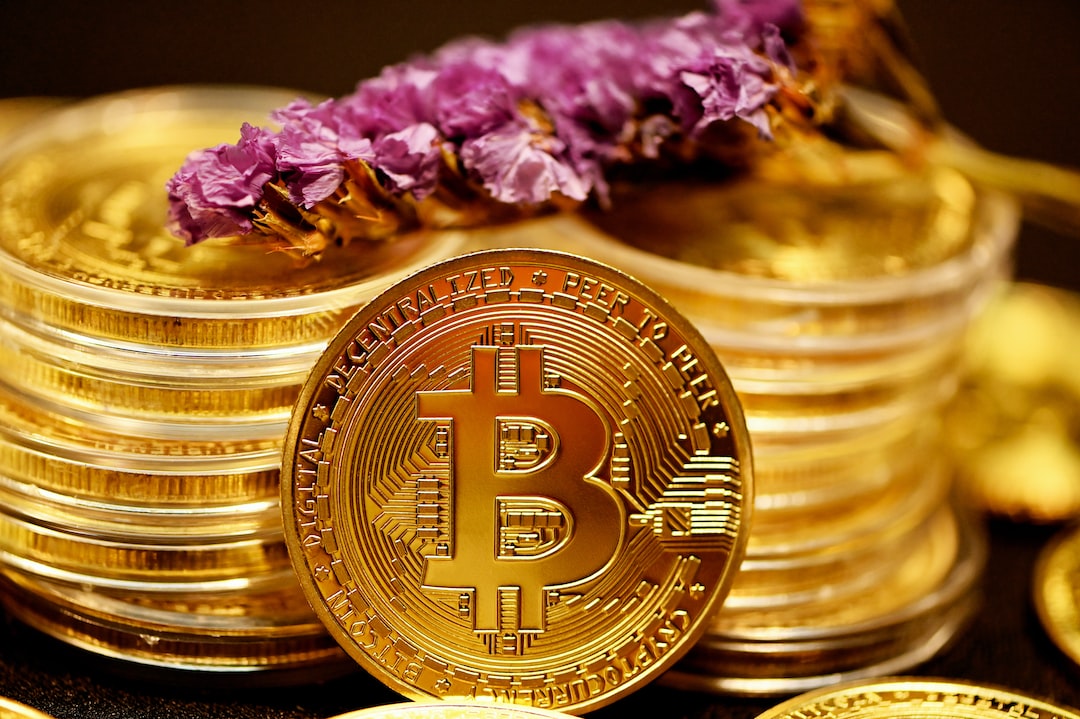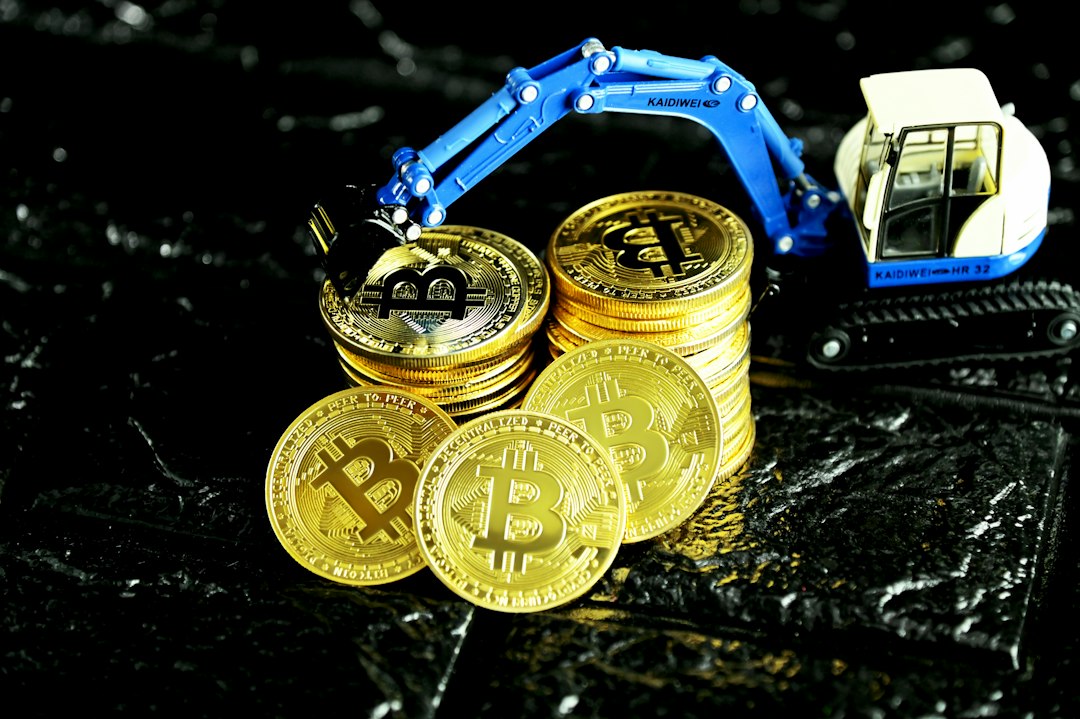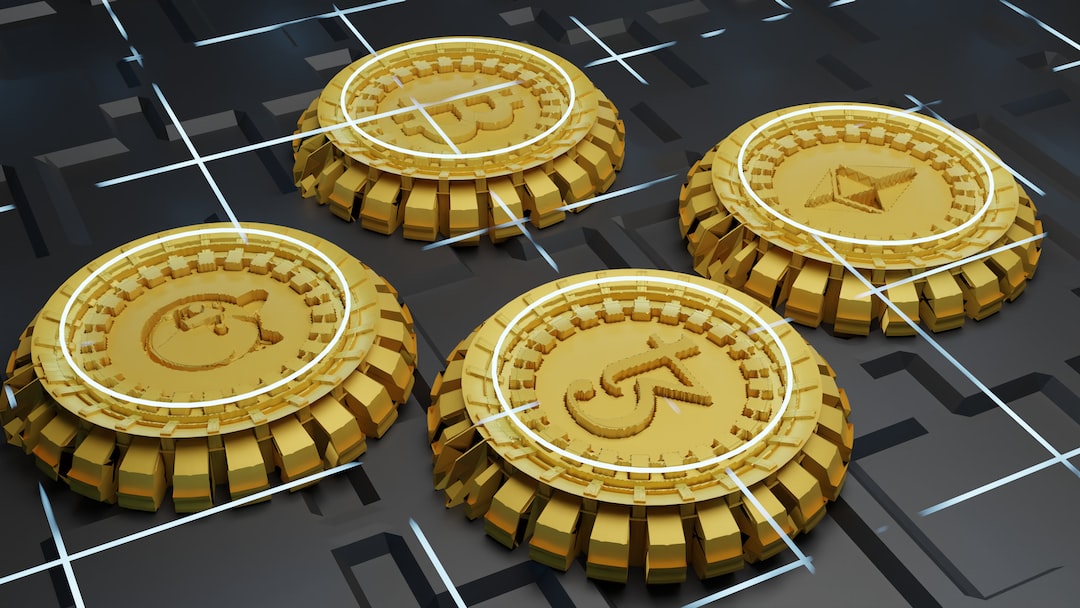Bitcoin Developer Criticizes Inscriptions as “Spam” on the Blockchain
Bitcoin developer and co-founder of the Ocean mining pool, Luke Dashjr, has expressed criticism towards inscriptions like Ordinals and BRC-20 tokens, referring to them as “spam” on the Bitcoin blockchain. Dashjr argues that these inscriptions exploit a vulnerability in Bitcoin Core to bypass transaction size limits. While this bug has been fixed in Bitcoin Knots v25.1, Dashjr believes that Bitcoin Core is still vulnerable. However, not everyone agrees with Dashjr’s viewpoint, with some arguing that inscriptions should be allowed as long as they comply with Bitcoin’s rules.
Differing Perspectives on Inscriptions
The debate surrounding inscriptions on the Bitcoin blockchain has divided the community. Some believe that inscriptions are an unintended consequence of Bitcoin upgrades and should be removed, while others argue that they are a legitimate use case within the rules of Bitcoin. Casa CTO Jameson Lopp suggests that classifying inscriptions as spam or vulnerabilities is subjective and depends on one’s perspective of what constitutes appropriate use of the Bitcoin protocol.
Ocean Mining Pool’s Role in Filtering Inscriptions
Ocean mining pool recently raised $6.2 million in funding to support its launch and decentralized mining projects. It utilizes a “fixed” version of Bitcoin Knots to filter out inscription transactions. However, this filtering has sparked controversy, with some criticizing it as censorship. Ocean’s Global Head of Sales defends the practice, stating that it aims to eliminate inscription spam while allowing users to mine with other pools if they disagree. Many miners have embraced inscriptions due to the extra transaction fees they generate.
The Rise of Inscriptions and Congestion Issues
As inscriptions gain popularity on Bitcoin, the network has experienced increased congestion, leading to higher fees and transaction delays. Over 275,000 transactions are currently awaiting confirmation on the Bitcoin network. This congestion has caused average fees to rise to around $17 per transaction. The surge in inscriptions-related activity has also resulted in a higher share of miner revenue coming from transaction fees compared to rewards.
Inscriptions Spread to Other Chains
Inscriptions like BRC-20 tokens have extended beyond Bitcoin to other chains, including Ethereum, Solana, Near, Polygon, Celo, and Fantom. This expansion has led to a spike in transactions on these networks as well. The popularity of inscription coins can be attributed to their accessibility for retail investors and their ability to participate in token issuance from day one.
Hot Take: The Ongoing Debate and Future of Inscriptions
The debate surrounding inscriptions on the Bitcoin blockchain continues to divide the community. While some view them as spam or vulnerabilities that should be removed, others argue for their legitimacy within Bitcoin’s rules. As congestion issues persist and inscriptions spread to other chains, it remains to be seen how this debate will shape the future of inscriptions and their role in the cryptocurrency ecosystem.





 By
By
 By
By
 By
By
 By
By
 By
By